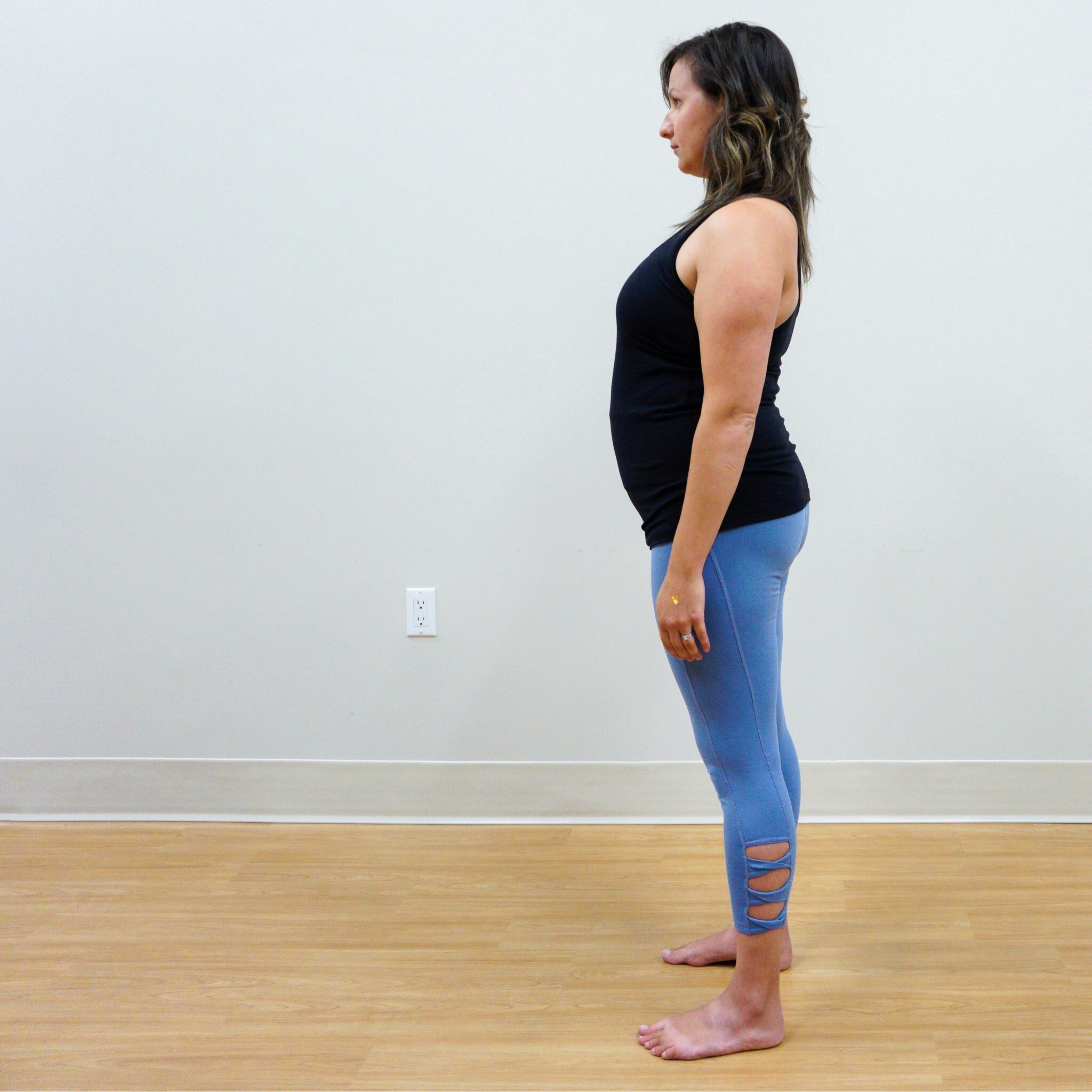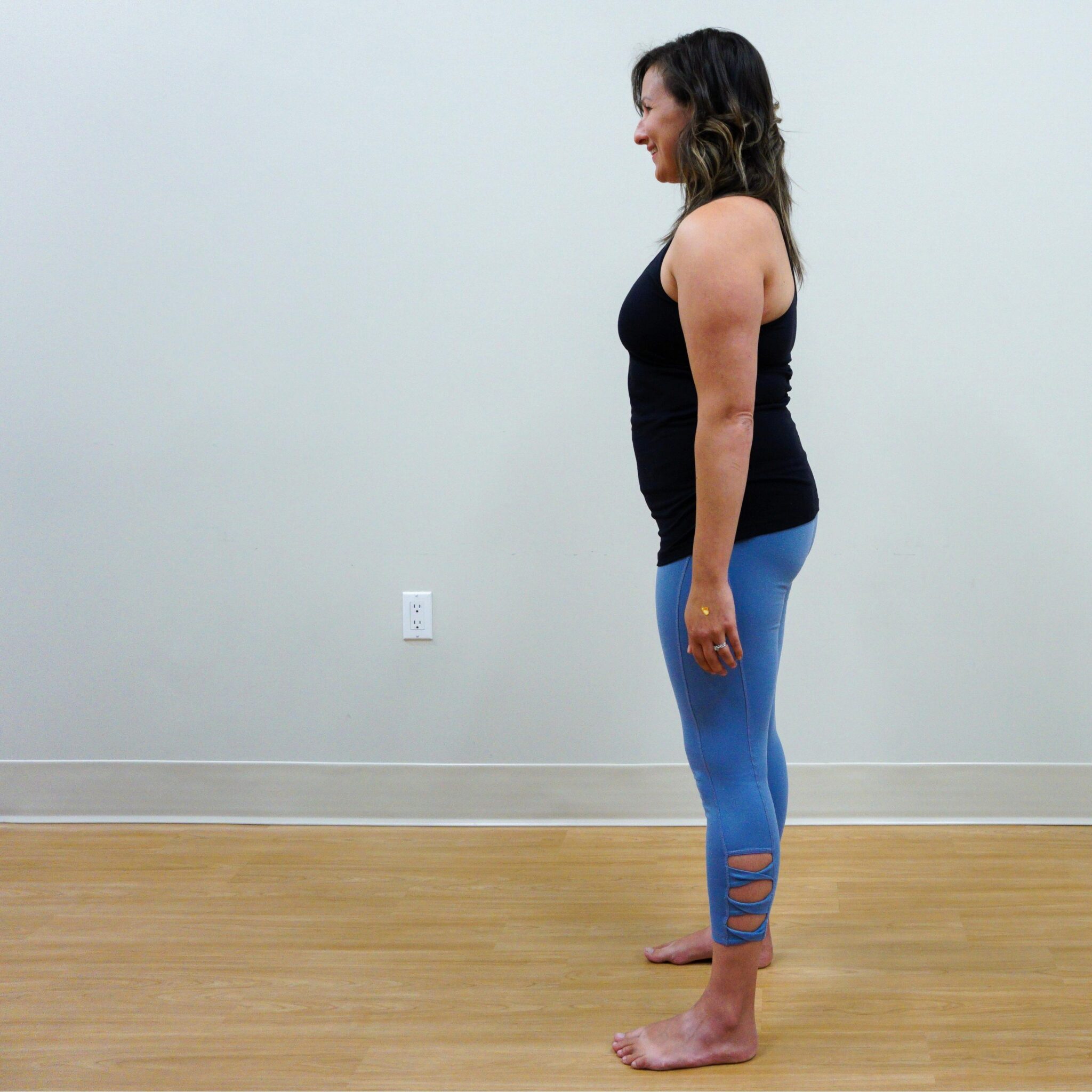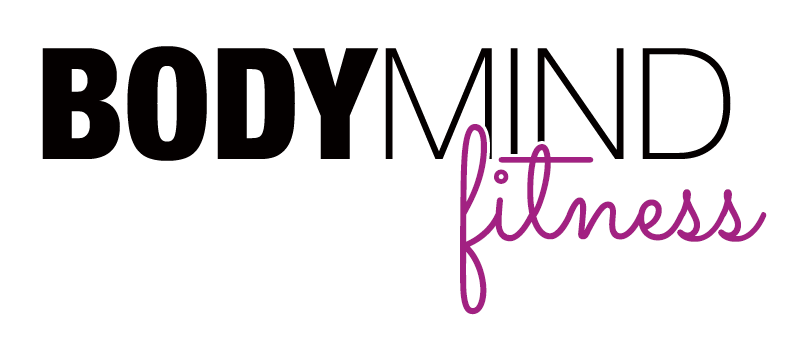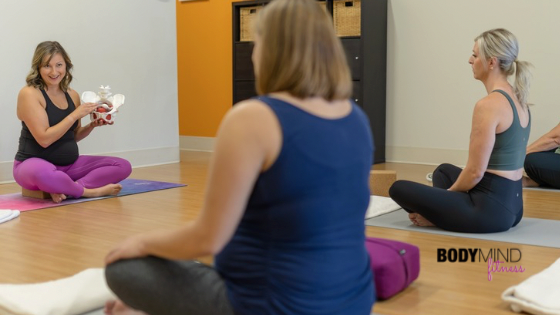I have a love/hate relationship with alignment. On one hand, I’ve seen the impact of posture in terms of back pain, leaking, and tension in the pelvic floor. But I also don’t believe we’re meant to hold any particular position for long periods of time. We’re dynamic, 3-dimensional beings and we’re meant to move in a variety of ways.
Truth be told, my relationship with “bad posture” started in the third grade - long before kids were even a thought in my mind. I was sitting on the gym floor during some assembly, and I was sitting remarkably tall, but as soon as I looked around the gym at others who were hunched over with rounded spines, I felt too tall. So I did what any logical 9 year old who doesn't want to stand out in a crowd would do, I slumped right over with my peers and never looked back.
Growing up my mother always encouraged me to sit up straight, and like most people when they think about "perfect posture… I’d pin my shoulder blades together, thrust my chest forward and walk around like that for all of 2 minutes, before I started to get tired and slumped back forward once again... this is NOT "perfect posture".
We often blame “bad posture” for the aches and pains that we experience throughout the day whether we’re working at a desk, standing for long periods of time, doing a lot of driving - or really any position we hold for the majority of the day. Here’s the catch, even if you stood in “the best posture” all day long, by the end of the day - you’d still feel achy.
So why am I telling you this?
Because before you get to my personal alignment recommendations, which are the first line of defense for pant peeing, back pain, prolapse and more, I want you to know you never ever have to walk around in this position day in, day out, 24/7. But what you can do, is try on this position here and there when you're just standing around, and then try them out in movements where you experience leaking and try the alignment (described below) and see if it alleviates your symptoms. If it helps, even a teeny tiny bit - keep doing that. It'll definitely require a lot of thought in the early stages, but before long, your body and brain will team up and realize the benefits of this alignment and will find it with much more ease. I've seen it time and time again with the 100s of women I've worked with, and experienced it in my own body, before sharing it with others.
Now, before we get into the “right” alignment, let’s go over a couple of typical postures I see, especially in women who’ve had children at any point in their lives.

First we have “mom bum,” I see this a lot on the school yard, and this was my go to position when early postpartum and I've got the family photos to prove it. Tailbone tucked under and shoulders are slumped forward. This posture pulls the muscles of the back into a stretched out position, and this can lead to back pain as fascia (which surrounds everything in the body, it connects everything together and it separate everything from one another) builds up to maintain that lengthened position. It's a natural response the body has when you hold the same postures and positions for long periods of time - it's meant to make it easier to hold those positions. Tight fascia can lead to pain, decreased range of motion, among other things.
Oops! Little tangent there, but if you got the deer in headlights look in your eyes when you read "fascia," I wanted to make sure you had a little basic understanding, because there's no other way for me to explain what the heck is going on here. Back to the blog...
It can also have an impact on your pelvic floor - like tension towards the back of your pelvic floor (yes, your pelvic floor can hold too much tension - and I have another blog abut that coming at you later this year).

On the flip side, we have the pelvis tilting in the opposite direction, so it looks like we’re sticking our bums out. Sometimes this is the way we’ve learned to stand since we were kids (any ballerinas out there?), other times it’s course correcting mom bum - but taking it a little bit too far. I’ve chatted with lots of some women who asked their doctor about their mom bum, and were told to “just stick your bum out” 🙄 While I get understand the logic here, this isn’t quite the “right answer” either.
This position tends to bring a crunch into the lower back… and I think the word crunch is pretty self explanatory. But essentially, the same thing is happening - fascia develops around the over extended lower back, so you can hold that position with more ease - but again, the body does this to help you out, but it isn't a fan of tight fascia.
So what is good alignment in the world of pelvic health? Ideally it’s an “S’ shaped spine (not straight) where nothing is crunching or actively contracting in the body (think about those shoulder blades being pinned together)

So let’s build it from the ground up, starting with the feet.
- Feet hip distanced apart
- Soft Knees (ie. not bent but not locked either)
- Visualize the perineum (the space between your genitals and anus) and line it up with your ankle bones… this cue in my experience has been the game changer for many… as strange as it sounds.
- Drop the ribs (so they’re stacked directly over the pelvis).
- Ears in line with shoulders
That’s right, my friend - nowhere in there did I mention squeezing the shoulder blades together or thrusting the ribs up and out. I've gotta tell you, initially it won’t feel like “great posture”, it might even feel like you're about to fall down face first, but when it comes to body pain, and other pelvic floor *ahem* embarrassments - this is an amazing place to start, and has been a game changer to many women I’ve worked with.
So, your next mission, should you choose to accept it, is to try this alignment on for size and see how it feels in your body - especially during the exercises that put your pelvic floor concerns on full display and every time “perineum between the ankle bones” pops into your head… and trust me it will, try it out. The more you practice, the easier it’ll get, and the more natural it'll feel.
And finally, if you need a little help putting this into practice - try out Yoga for Core + Pelvic Health today for only $10!





